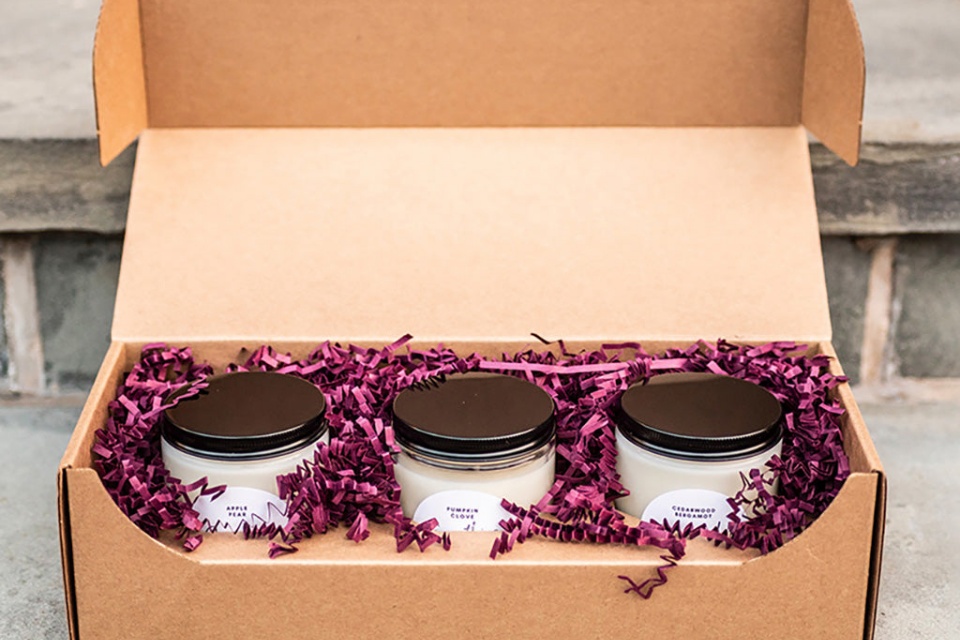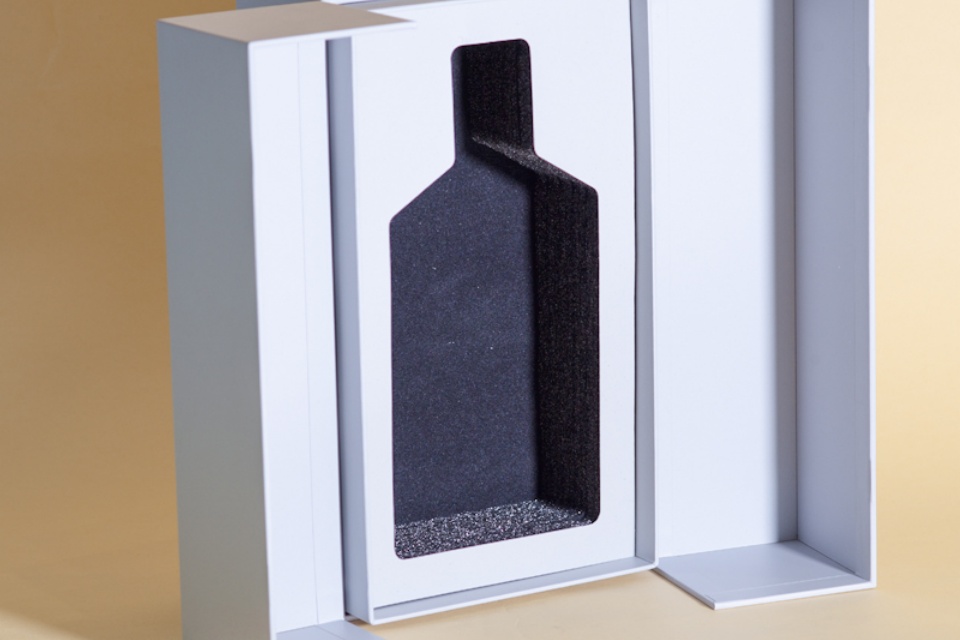Lastest News
Color in packaging printing: CMYK vs. RGB vs. Pantone
Color in packaging printing: CMYK vs. RGB vs. Pantone
Summary
Color in packaging printing encompasses the various color models and systems used to create visually appealing and effective designs for printed materials, such as product packaging, branding, and marketing materials. The three primary color models utilized in this context are CMYK (Cyan, Magenta, Yellow, and Key/Black), RGB (Red, Green, Blue), and the Pantone Matching System (PMS). Understanding these models is crucial for achieving the desired color accuracy and consistency across different media, as each serves distinct purposes and operates on different principles of color creation.
The CMYK model is the standard for color printing, employing a subtractive method that layers inks to create a spectrum of colors on a white background. It excels in reproducing muted tones, which are often desirable for packaging materials, but has limitations in vibrant color reproduction, particularly for shades like blues and greens.
In contrast, the RGB model is used primarily for digital displays, where colors are generated through the additive mixing of light. While RGB can produce a broader color gamut, discrepancies often arise when designs created in RGB are printed using CMYK, leading to unexpected outcomes.
The Pantone Matching System (PMS) offers a standardized approach to color reproduction, ensuring consistency across various materials and processes. PMS is particularly valuable in branding, where precise color matching is essential for maintaining brand identity. However, it can be more costly than using CMYK, as it requires specific inks that may not be as flexible for broader applications.
A prominent controversy in the realm of packaging color lies in the challenge of color fidelity across different media; this has prompted discussions about best practices for color selection and management to mitigate potential mismatches and enhance brand representation.
In summary, the choice of color model in packaging printing significantly influences design outcomes and consumer perceptions. Designers must navigate the intricacies of CMYK, RGB, and PMS to effectively communicate brand messages and ensure visual consistency, while also considering the psychological impact of color on consumer behavior.
Color Models
Color models are abstract mathematical frameworks used to represent colors as tuples of numbers. Different color models are applied in various contexts, notably in digital displays and print media. The most commonly used color models in design and packaging printing include CMYK, RGB, and the Pantone Matching System (PMS).
CMYK Color Model
The CMYK color model stands for Cyan, Magenta, Yellow, and Key (Black). It operates on a subtractive principle, meaning it starts with a white background and layers colors to achieve the desired hue. When primary colors are mixed, they absorb light and create a darker shade. For instance, to achieve a green color in printing, one might mix approximately 55% cyan, 34% yellow, and 14% black. CMYK is predominantly used in the printing industry due to its effective representation of colors in physical materials.
RGB Color Model
In contrast, the RGB color model stands for Red, Green, and Blue. It is based on an additive color system, where colors are created by combining light in varying intensities. The RGB model is device-dependent, making it suitable for digital displays such as screens, TVs, and smartphones. For example, a green color on a digital display might consist of 81 parts red, 220 parts green, and 133 parts blue. Because it relies on light, RGB is not appropriate for packaging, where colors must be represented on physical substrates.
Pantone Matching System (PMS)
The Pantone Matching System (PMS) provides a standardized method for color reproduction across different materials and production processes. PMS colors are predefined and can be matched accurately to ensure consistency, especially in branding and marketing contexts where color fidelity is critical. This system helps designers select colors that will remain consistent, regardless of the printing technique or material used, thus reinforcing brand identity.
Comparison of Color Models
Overview of Color Models
Color models are mathematical frameworks used to represent colors in various applications, primarily in design and printing. The three primary color models used in packaging and print design are CMYK, RGB, and PMS. Each model serves distinct purposes, and understanding their differences is crucial for achieving desired results in branding and packaging.
CMYK Color Model
CMYK, which stands for Cyan, Magenta, Yellow, and Key (Black), is a subtractive color model primarily utilized in color printing. It works by absorbing certain wavelengths of light, resulting in the creation of colors through the combination of the four ink colors. CMYK is particularly well-suited for producing muted and subtle tones, making it a preferred choice for printed materials such as packaging and brochures. However, CMYK has a narrower color gamut compared to RGB, meaning it may struggle to replicate vibrant colors, especially blues, greens, and purples.
RGB Color Model
RGB, or Red, Green, Blue, is an additive color model used mainly for digital displays. It creates colors by combining light in varying intensities of red, green, and blue. This model is capable of producing a wider color gamut than CMYK, which allows for brighter and more vibrant colors, particularly suited for screens. However, colors displayed in RGB often appear different when printed in CMYK, leading to potential discrepancies between digital designs and their printed counterparts.
PMS (Pantone Matching System)
The Pantone Matching System (PMS) provides standardized colors used for branding and design, ensuring consistent reproduction across various materials. PMS colors are predefined and often used for logos and other branding elements where exact color matching is essential. While PMS allows for high precision in color selection, it can also be more expensive due to the need for specific inks compared to the more flexible CMYK model. Brands must weigh the cost implications against the need for color accuracy when choosing between PMS and CMYK.
Key Differences
The primary differences among CMYK, RGB, and PMS include their application, method of color creation, and color gamut:
- Application: CMYK is tailored for print materials, RGB is used for digital displays, and PMS is ideal for branding where color consistency is critical.
- Color Creation: CMYK uses subtractive methods, while RGB employs additive techniques.
- Color Gamut: RGB has a broader color range, making it better for bright and vivid colors, whereas CMYK excels in producing more muted tones suitable for print.
Color Selection in Packaging Design
Color selection in packaging design is a critical aspect that influences consumer behavior and brand perception. It serves not only as a means of aesthetic appeal but also as a strategic tool to evoke emotions and drive purchasing decisions. Understanding the psychological impact of color and employing effective color management practices can significantly enhance brand identity and market presence.
Importance of Color in Packaging
The color choices made in packaging design play a vital role in shaping consumer perceptions and preferences. Colors can communicate brand values, suggest sustainability, and even impact purchase behavior. For instance, green is often associated with health and environmental consciousness, which can resonate with consumers seeking sustainable products. Conversely, colors like red can evoke urgency and excitement, making them suitable for promotional materials and fast-food branding.
Color Models and Accuracy
Selecting the appropriate color model is crucial for maintaining consistency across various platforms. Designers often choose between the Pantone® Matching System (PMS), CMYK (Cyan, Magenta, Yellow, Key or Black), and RGB (Red, Green, Blue) color models depending on the intended final product. For example, when creating packaging for print, it is advisable to start with PMS colors, as they provide greater accuracy in color reproduction. Once a base is established, designers can convert these colors to RGB or CMYK for digital or mixed media applications.
Best Practices for Color Management
To ensure color accuracy and consistency in packaging design, several best practices should be followed:
- Communicate with Printers: Clear and effective communication with printing partners is essential. Sharing PMS or CMYK values and requesting proof prints can help ensure that the final product aligns with the designer's vision.
- Test Across Mediums: Always proof colors on the intended medium before finalizing designs. This practice minimizes color shifts and discrepancies that can occur when transitioning between digital and physical formats.
- Cultural Considerations: Be mindful of cultural contexts, as color meanings can vary significantly across different cultures. For example, while white is associated with purity in Western societies, it may symbolize mourning in some Asian cultures. Understanding these nuances can guide more effective and respectful branding strategies.
Production Process and Challenges
Colour Printing Techniques
In the realm of packaging printing, two primary methods are utilized: Process (CMYK) and Spot (Pantone) colour printing. The choice between these techniques significantly impacts the outcome of the print job. Process colour printing employs a four-colour model—Cyan, Magenta, Yellow, and Black (CMYK)—to create a broad spectrum of colours by layering tiny dots of ink. This method excels in reproducing complex images and photographs but falls short when attempting to print logos or other designs requiring vibrant and exact colours.
Conversely, Spot colour printing uses predefined colours mixed before the printing process. This method guarantees that specific colours are reproduced accurately, making it particularly advantageous for branding and logo designs where precision is crucial. While Spot colours can produce a wider range of vibrant hues, they may also incur higher costs due to the necessity of special inks.
Challenges in Colour Reproduction
One of the significant challenges in the production process is achieving consistent colour reproduction across various media. Different colour models—CMYK for print and RGB for digital—can lead to discrepancies in how colours are perceived. The RGB model, which combines Red, Green, and Blue light, is ideal for screens, while CMYK uses a subtractive process that can alter the appearance of colours in print.
Furthermore, brands often face issues when transitioning designs between these colour models. For instance, a bright logo designed in RGB may lose its vibrancy when converted to CMYK, leading to unexpected results in printed materials. To mitigate these issues, designers are encouraged to begin with the appropriate colour model for their end product and use systems like the Pantone Matching System (PMS) to ensure precise colour matching before final production.
Efficiency and Coordination
Establishing clear colour guidelines and effective communication with suppliers and printers is crucial for reducing errors and ensuring efficiency in production. Standardized colours streamline the design and printing processes, enabling teams to work more cohesively. When designers and printers align on colour expectations, the likelihood of costly delays and misprints diminishes, ultimately enhancing the overall quality of the final product.
Categories
Latest News
Contact Us
Contact: Aaron Lee
Phone: +8613570866244
Tel: +8675529490260
Add: Li Songlang 2nd Industrial Zone,No.18,FengTang Rd,Guangming New District


